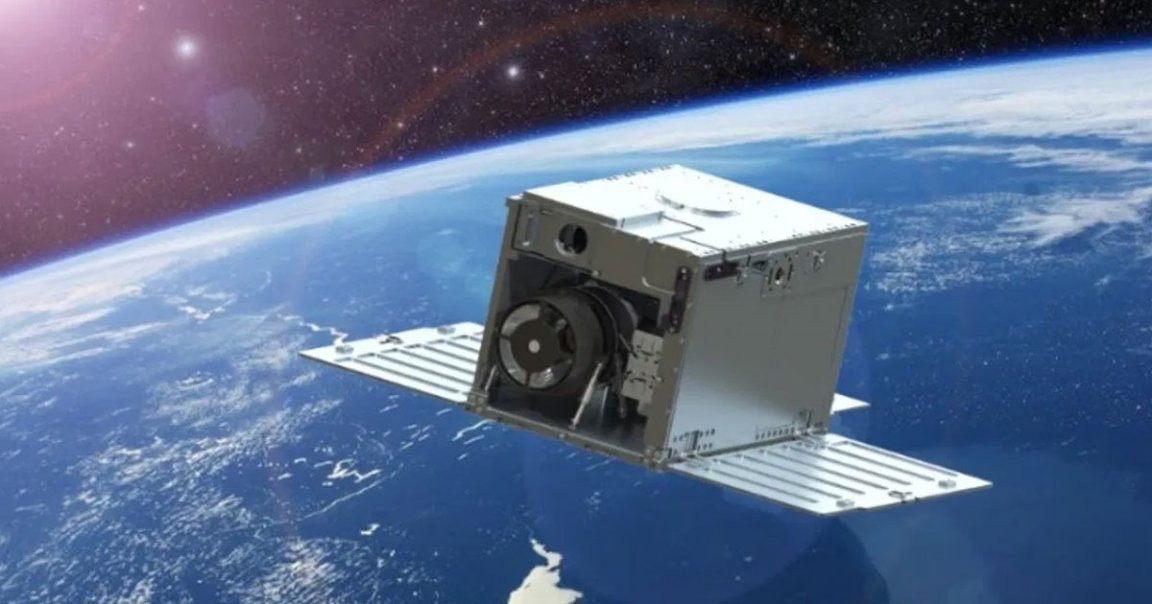
Sidekick Energy
After spending an exceedingly lonely year and a half peering into the universe roughly a million miles from the Earth, NASA’s James Webb Space Telescope is finally getting some company.
The space agency recently selected a toaster-sized cubesat that will become the much bigger telescope’s tiny, adorable “sidekick,” according to a statement.
NASA chose the $8.5 million space mission, called the “Monitoring Activity from Nearby sTars with uv Imaging and Spectroscopy” (MANTIS), which will be designed and built by researchers at the University of Colorado Boulder.
The diminutive but mighty spacecraft, scheduled to launch sometime in 2026, will make observations of the night sky in the full range of ultraviolet light, including extreme UV (EUV) light, a more energetic form.
These observations will help the cubesat study stars that burn dozens of light-years away from Earth, complementing the Webb’s own observations of exoplanets.
Webb Slinger
MANTIS will fit right in, filling in the blanks for its much larger cousin.
“We proposed MANTIS as a kind of ultraviolet sidekick that will follow JWST and look wherever it’s looking, filling in this important piece of context on the stellar environments in which these planets live,” said Kevin France, an associate professor at the University of Colorado Boulder and scientist on the MANTIS team, in the statement.
Planets often release huge amounts of EUV as they are being blasted by radiation from their host star, a sign that they may be losing their atmosphere. But measuring this blast of radiation has proven difficult, and that’s where MANTIS comes in.
“For a lot of stars, this is going to be the first time we’ve seen what they look like in extreme ultraviolet,” said David Wilson, who leads the mission’s science team at the University of Colorado, in the statement.
And that means we could get a tantalizing glimpse of worlds that could harbor life.
“We want to understand how this flux of UV light coming from stars affects the atmospheres of planets and even their habitability,” said principal investigator Briana Indahl, also at the University of Colorado.
More on Webb: James Webb Catches Saturn’s Moon Squirting